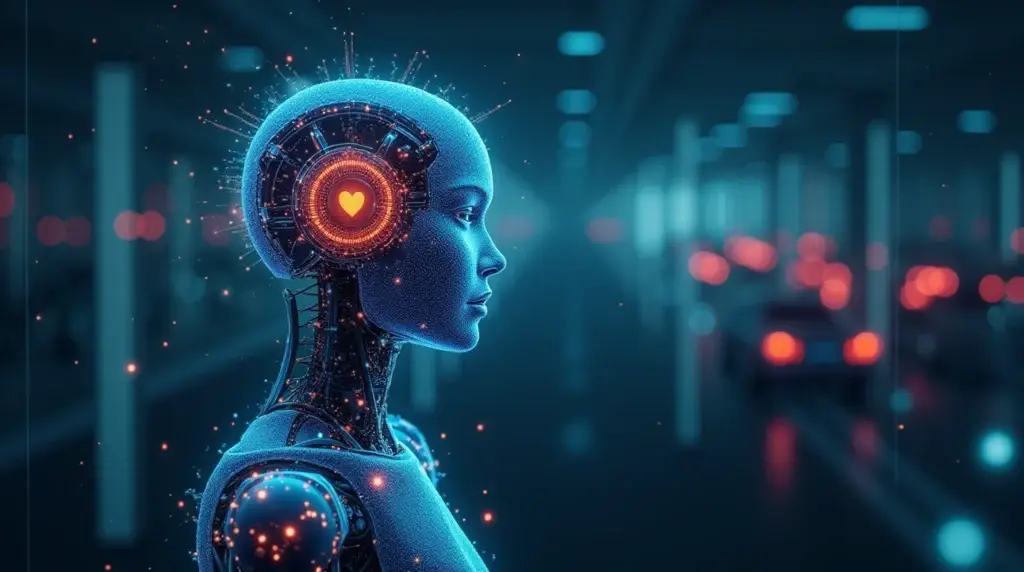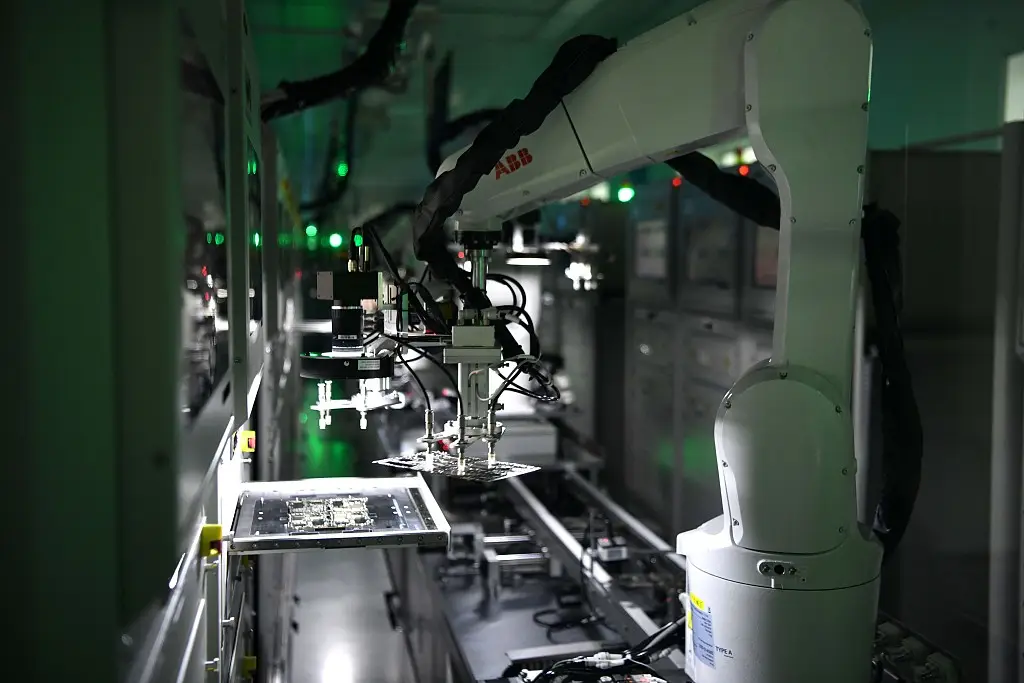Artificial Intelligence (AI) systems have become increasingly sophisticated and prevalent across industries, from healthcare and finance to transportation and customer service. However, as these systems grow more complex, particularly with the rise of deep learning algorithms, an important challenge has emerged: the “AI Pandora’s box” problem. This article explores what AI Pandora’s boxes are, why they matter, and how researchers and organizations are working to address the challenges they present.

What is an A Pandora's Box?
An AI Pandora’s box refers to an artificial intelligence system whose internal workings are opaque or not easily interpretable by humans. In such systems, while inputs and outputs are observable, the decision-making process that transforms inputs into outputs remains hidden or incomprehensible. This lack of transparency poses significant challenges for understanding, validating, and trusting AI systems.
The term “Pandora’s box” originates from Greek mythology, where opening the box released all evils into the world. Similarly, deploying opaque AI systems can unleash unintended consequences when we cannot fully understand their inner workings and decision processes.
Why AI Pandora's Boxes Are Problematic
- Lack of Trust and Accountability: When users cannot understand how decisions are made, they may be reluctant to trust or adopt AI systems, particularly in high-stakes environments.
- Regulatory Compliance Challenges: Regulations like the European Union’s General Data Protection Regulation (GDPR) include a “right to explanation” for automated decisions that significantly affect individuals.
- Difficulty in Detecting Bias: Without visibility into the decision-making process, it becomes challenging to identify and address algorithmic bias that may disadvantage certain groups.
- Limited Debugging Capabilities: When AI systems make errors, the lack of interpretability makes it difficult to identify and correct the root causes.
- Ethical Concerns: In domains like healthcare, criminal justice, or lending, stakeholders have a reasonable expectation to understand why particular decisions were made.
Types of AI Pandora's Boxes
Deep Neural Networks
These are among the least interpretable AI systems due to their complex architecture involving multiple layers of interconnected neurons that transform inputs through non-linear functions.
Ensemble Methods
Techniques like random forests or gradient boosting combine multiple models, making their overall decision logic difficult to follow, though individual component models may be more interpretable.
Reinforcement Learning Systems
These systems learn through trial and error, developing strategies that may not align with human intuition or reasoning.
Explainable AI (XAI)
Explainable AI is an emerging field focused on developing methods and techniques to make AI systems more transparent and interpretable. Key approaches include:
Post-hoc Explanation Methods:
These generate explanations after a model has made its prediction.
- LIME (Local Interpretable Model-agnostic Explanations) creates simplified approximations of the model’s behavior for specific instances.
- SHAP (SHapley Additive exPlanations) values attribute importance to input features based on game theory principles.
Inherently Interpretable Models:
Rather than trying to explain complex models after the fact, some researchers advocate for using inherently interpretable models from the start.
- Decision trees, rule lists, and sparse linear models offer greater transparency, albeit sometimes with trade-offs in performance.
Model Visualization Techniques
Visualization tools help humans understand how models process information
Feature Visualization
For image recognition systems, techniques can generate images that maximally activate specific neurons or layers.
Attention Visualization
In natural language processing, attention mechanisms highlight which parts of the input contribute most to the output.

Model Distillation
This approach involves training a simpler, more interpretable model to mimic the behavior of a complex model:
- Knowledge Distillation: A complex “teacher” model transfers its knowledge to a simpler “student” model.
- Rule Extraction: Techniques to extract comprehensible rules that approximate the behavior of complex models.
The Future of AI Transparency
As AI systems become more integrated into critical infrastructure and decision-making processes, the demand for transparency will likely increase. Future developments may include:
- Regulatory Frameworks: More comprehensive regulations requiring explainability in high-stakes AI applications.
- Standardized Evaluation Metrics: Common benchmarks for measuring and comparing the explainability of different AI systems.
- Balancing Performance and Explainability: Research into reducing the traditional trade-off between model complexity/performance and interpretability.
- Human-Centered XAI: Approaches that focus on what types of explanations are most useful to different stakeholders rather than just technical interpretability.
Dark Factories: How AI is Transforming Manufacturing with Lights-Out Production
The Rise of Fully Automated Manufacturing Facilities
While explainable AI works to make algorithmic decision-making more transparent, another AI-driven revolution is happening in the manufacturing sector. “Dark factories” represent the pinnacle of automation technology, completely autonomous manufacturing facilities that operate with no human workers and, consequently, no lights. This technological leap is reshaping global production capabilities and raising important questions about the future of work.

What Are Dark Factories?
Dark factories (also called “lights-out manufacturing”) are cutting-edge production facilities that operate entirely through automation, artificial intelligence, robotics, and Internet of Things (IoT) connectivity. These facilities function 24/7 without human intervention, eliminating the need for lighting, climate control for human comfort, and other traditional workplace requirements.
The name “dark factory” stems from the fact that these facilities can operate in complete darkness, as machines don’t require illumination to function effectively. This represents not just an evolution but a complete revolution in manufacturing methodology.
Key Technologies Powering Dark Factories
Advanced Robotics and AI Integration
Modern dark factories employ sophisticated robotic systems guided by AI controllers that can:
- Perform complex assembly tasks with microscopic precision
- Adapt to changing production requirements autonomously
- Conduct self-diagnostics and preventative maintenance
- Coordinate complex multi-stage manufacturing processes
IoT-Enabled Smart Manufacturing
The Industrial Internet of Things (IIoT) forms the nervous system of dark factories:
- Thousands of sensors monitor every aspect of production
- Real-time data transmission enables instantaneous decision-making
- Equipment communicates seamlessly across the factory floor
- Production flows are continuously optimized through machine learning algorithms
Digital Twin Technology
Many dark factories operate with “digital twins” – virtual replicas that:
- Simulate production processes before physical implementation
- Identify potential bottlenecks and inefficiencies
- Test process improvements without disrupting actual production
- Provide comprehensive visibility into factory operations
Dark Factories: How AI is Transforming Manufacturing with Lights-Out Production
Unprecedented Efficiency and Quality Control
Dark factories excel in production consistency and efficiency:
- Elimination of human error in manufacturing processes
- Microsecond precision in timing and coordination
- Consistent quality across all production runs
- Continuous optimization through AI-driven improvements
Economic Advantages
The business case for dark factories includes:
- Reduced labor costs and associated HR management
- Lower operational expenses (lighting, heating, cooling)
- Maximized production uptime (24/7/365 operation)
- Improved space utilization with optimized layouts
Sustainability Improvements
Environmental benefits of dark factories include:
- Reduced energy consumption (no lighting, human-oriented climate control)
- Optimized resource usage with minimal waste
- Precise material handling reducing environmental impact
- Lower carbon footprint of manufacturing operations
Real-World Implementation Examples
Electronics Manufacturing
The electronics industry has been at the forefront of dark factory adoption:
- Precision circuit board assembly requiring microscopic accuracy
- Component placement at speeds impossible for human workers
- Sterile production environments critical for product quality
- Complex testing and quality assurance processes automated end-to-end
Automotive Production
Vehicle manufacturing is seeing increased dark factory implementation:
- Robot-driven assembly lines for chassis and powertrain components
- Automated welding and joining with consistent quality
- AI-powered quality inspection systems
- Lights-out warehousing and parts management
The parallel development of explainable AI and dark factories represents two sides of the same technological revolution. As manufacturing becomes more automated through dark factories, the need for transparent, explainable AI becomes even more critical. The systems controlling these autonomous production facilities must be trustworthy, interpretable, and accountable. For businesses navigating this technological frontier, the dual challenge involves implementing cutting-edge automation while ensuring these systems remain understandable and controllable. The companies that successfully balance automation capabilities with transparency and accountability will lead the next industrial revolution. As we move further into 2025, these technological threads will continue to intertwine, creating manufacturing systems that are not only autonomous but also transparent and explainable – combining the efficiency of dark factories with the accountability of explainable AI.

